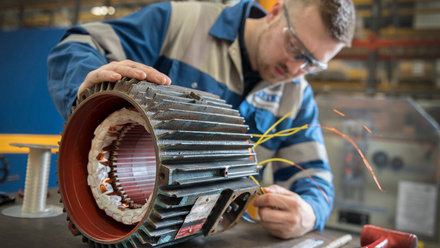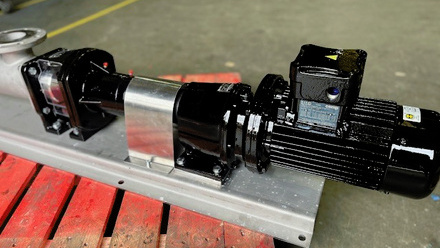AEMT Guide - Introduction to Ex repairs
Introduction
- Importance of proper maintenance and repair of Ex-rated equipment
- Potential consequences of improper repairs (e.g., Deepwater Horizon, Piper Alpha)
Legislation and Standards
- Overview of ATEX Directive and IECEx scheme
- Specific requirements for hazardous zones
Explosion Protection Techniques
- Different protection techniques for various zones:
- Ex d: Flameproof protection
- Ex t: Dust protection
- Ex e: Increased safety protection
- Ex p: Pressurised enclosures
Design Criteria for Ex-Rated Equipment
- Differences between Ex-rated and non-Ex-rated equipment
- Importance of controlling surface and operating temperatures
- Higher IP ratings to prevent ingress of hazardous substances
Repairing Ex-Rated Equipment
- Complexity and involvement in repairing Ex-rated equipment
- Roles and responsibilities:
- Responsible Person: Ensures compliance, supervises operatives, maintains records
- Operatives: Engineers and technicians performing repairs
Training and Certification
- Need for specialised training for Ex repairs
- AEMT training courses and their benefits
- Importance of staying updated with standards and legislation
Traceability and Documentation
- Importance of maintaining detailed records for ten years
- Documentation requirements:
- Drawings
- Electrical and mechanical measurements
- Written agreements between user and repairer
The Ex Register
- Benefits of choosing a repair facility from the AEMT Ex Register
- Requirements for inclusion in the register:
- ISO 9001 quality control system
- Calibrated equipment
- Trained and competent personnel
Summary
- Emphasis on the critical nature of correct repairs in hazardous areas
- Necessity of ongoing investment in training, tools, and systems
- Ultimate responsibility for compliance and safety rests with the end-user
For more detailed information and to find accredited service centres, visit the AEMT Ex Register at bit.ly/AEMTEx.





